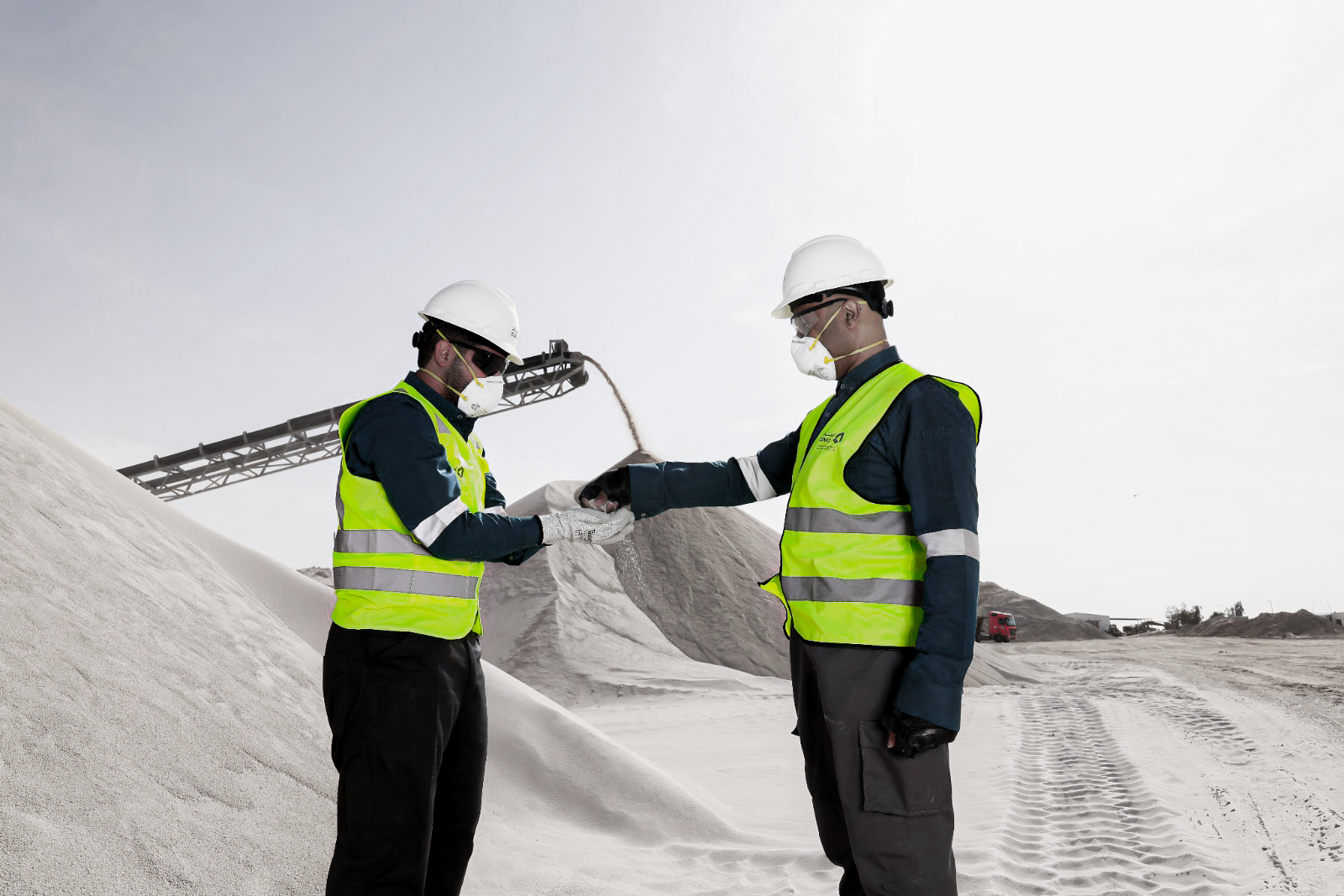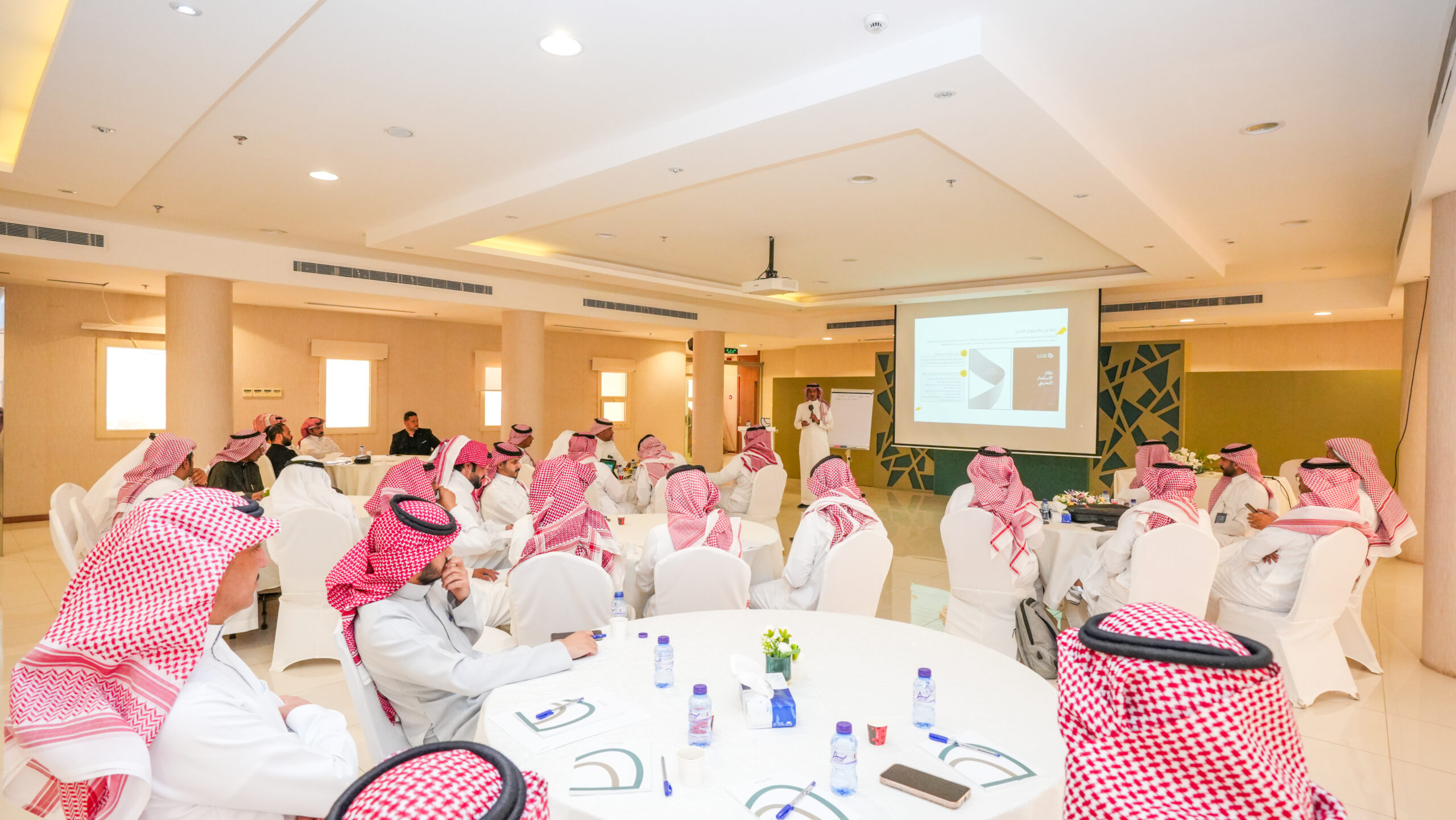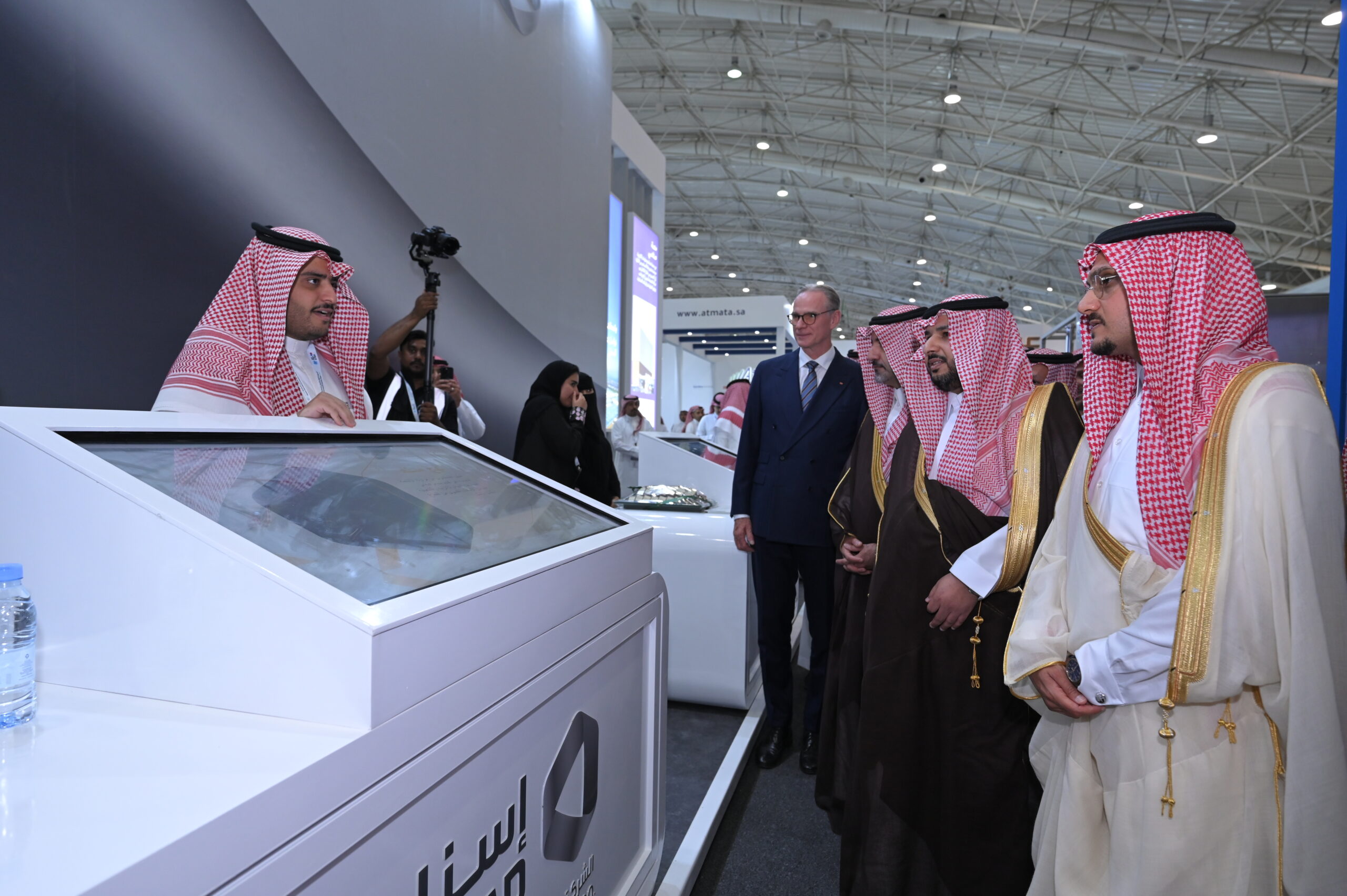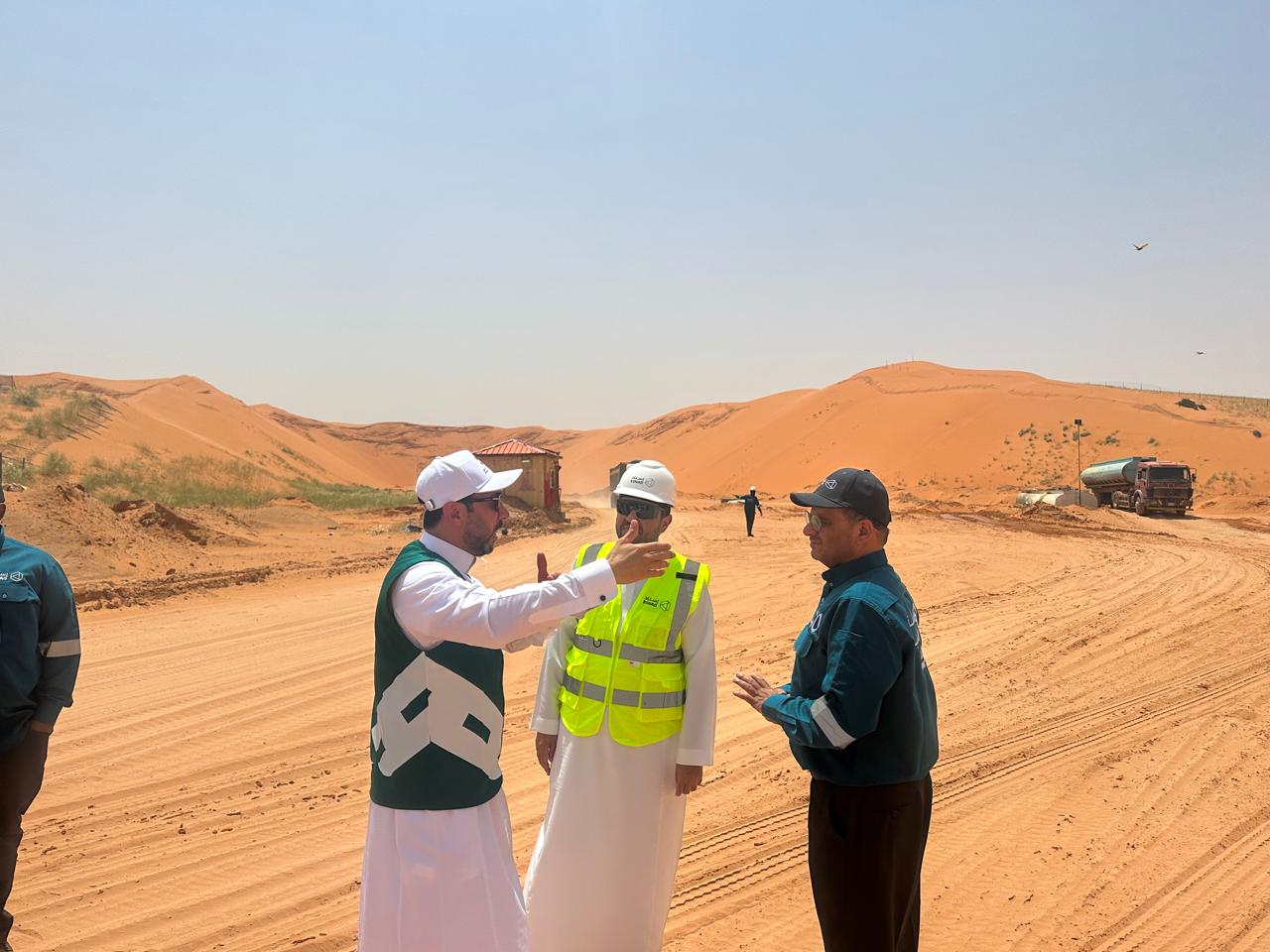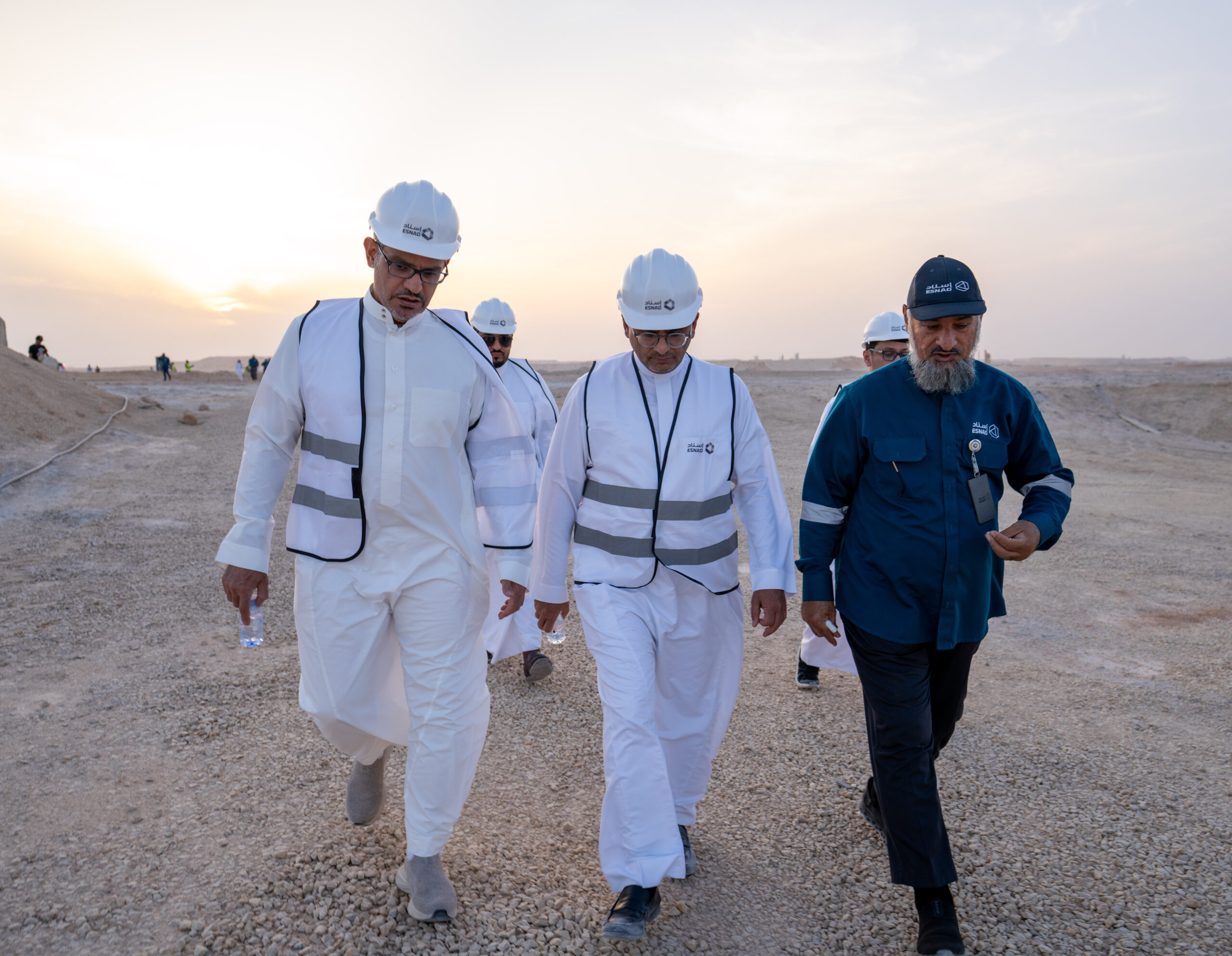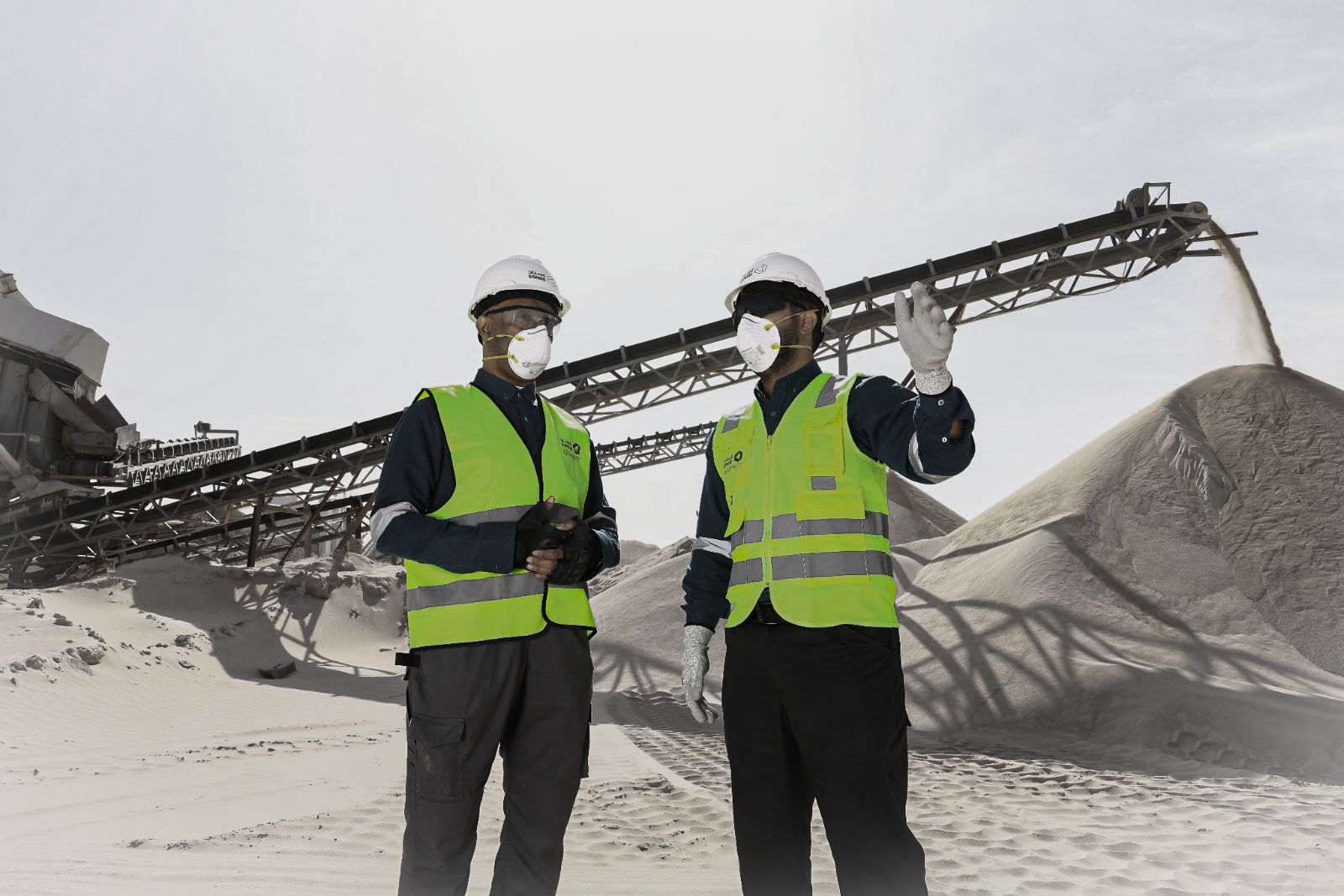
Enhancing Occupational Health and Safety in the Mining Sector: A Strategic Imperative
The
is a strategic pillar of economic development, characterized by complex operational conditions that demand exceptional preparedness and unwavering adherence to occupational health and safety (OHS) standards. Given the environmental sensitivities and inherent risks associated with mining activities, ensuring a safe and healthy work environment is not only a moral obligation but also critical for safeguarding human capital and optimizing operational efficiency.
To meet these demands, the sector has adopted rigorous procedures that prioritize safety, enforce legal compliance, and implement preventive measures. Modern technologies play a pivotal role in this transformation, with the adoption of smart sensors, automated control systems, and immersive virtual training platforms that reduce risks and elevate readiness across mining operations.
This paper outlines the key OHS standards implemented within the mining industry, the oversight mechanisms ensuring their enforcement, and the technological innovations introduced by ESNAD to support a safe, sustainable, and forward-looking mining environment.
Key Occupational Health and Safety Standards in the Mining Sector
1. Mandatory Safety Training
-
Mining companies are required to deliver compulsory safety training to all employees.
-
Training modules include proper handling of heavy machinery, emergency response procedures, and correct use of personal protective equipment (PPE), all of which contribute to heightened safety awareness and reduced operational hazards.
2. Provision of Personal Protective Equipment (PPE)
-
PPE forms the first layer of protection in hazardous environments.
-
Standard equipment includes helmets, gloves, non-slip boots, and respiratory protection, subject to routine inspection to ensure quality and effectiveness.
3. Air Quality Monitoring
-
High-precision sensors track the presence of harmful gases such as carbon monoxide and sulfur dioxide.
-
Advanced ventilation systems maintain clean airflow and reduce long-term exposure risks.
4. Machinery Safety Standards
-
Heavy equipment such as excavators and cranes undergo frequent inspections and are equipped with automated safety systems that provide real-time alerts to potential hazards.
-
These systems enable swift responses and reduce the likelihood of accidents.
5. Regulation of Working Hours in Deep Mines
-
To minimize exposure to extreme conditions and toxic substances, regulations prohibit prolonged work shifts in deep mines.
-
Scheduled rest periods follow international occupational health standards.
6. Emergency Preparedness and Evacuation Protocols
-
Mines are required to maintain clearly marked emergency exits, robust alarm systems, and comprehensive evacuation plans.
-
Periodic emergency drills ensure that workers are well-prepared to respond to critical incidents.
The Role of Regulatory Oversight
1. Field Inspections and Legal Enforcement
-
Regulatory bodies conduct frequent site inspections to ensure compliance with safety protocols.
-
Violations are addressed with legal measures, reinforcing accountability and fostering a culture of compliance.
2. Evaluation of Incident Prevention Systems
-
Authorities assess the implementation of safety systems designed to prevent rockfalls, chemical leaks, or structural failures.
-
These evaluations help reduce operational disruptions and protect worker safety.
3. PPE Compliance Audits
-
Entities failing to provide required protective gear are subject to penalties.
-
Regular health screenings are also mandated to detect occupational illnesses early, supporting ongoing workforce health.
4. Deployment of Smart Safety Technologies
-
Real-time gas monitoring systems enhance hazard detection in underground environments.
-
Artificial intelligence tools analyze operational data to forecast potential safety breaches, enabling proactive regulatory decisions.
ESNAD’s Contribution to Safety Enhancement in the Mining Sector
ESNAD plays a critical role in improving occupational safety across Saudi Arabia’s mining sector through a range of targeted initiatives that strengthen workforce readiness, regulatory compliance, and the integration of advanced technologies.
1. Specialized Training Programs
-
ESNAD develops and delivers comprehensive training in risk management, PPE usage, and emergency response protocols.
-
Programs are continually updated to reflect global best practices and reinforce a proactive safety culture.
2. Smart Monitoring and Analytics
-
Real-time monitoring systems deployed by ESNAD capture environmental and operational data, enhancing early risk detection.
-
Analytical reports are shared with regulators to support informed oversight and promote continuous improvement.
Opportunities and Challenges in Advancing Safety Implementation
While significant progress has been made, challenges remain in achieving full implementation of safety standards. However, these challenges also present strategic opportunities:
1. High Costs of Advanced Safety Systems
-
The financial burden of implementing cutting-edge safety solutions can be a barrier for smaller operators.
-
Incentive programs, including tax relief and recognition for compliant companies, could promote wider adoption.
2. Tightening Regulatory Requirements
-
Stricter legislation has proven effective in increasing compliance and fostering collaboration between government and industry.
3. Oversight in Remote and Deep Mining Sites
-
Monitoring remote or deep mining locations remains complex.
-
This challenge underscores the need to expand remote sensing technologies and environmental surveillance systems.
4. Worker Awareness and Training Gaps
-
Addressing awareness gaps requires continuous education and engagement initiatives to instill a safety-first mindset across all levels of the organization.
5. Aging Infrastructure
-
Older mining facilities must undergo phased upgrades and receive technical support to meet current safety requirements without disrupting ongoing operations.
Conclusion
Occupational health and safety standards form the backbone of a sustainable mining sector. Through continuous training, technological innovation, and proactive regulation, Saudi Arabia is laying the foundation for a modern mining environment aligned with global benchmarks.
By addressing safety challenges with strategic foresight and investing in scalable solutions, the Kingdom is nurturing a culture of prevention, positioning itself as a global leader in responsible mining in support of Vision 2030.
